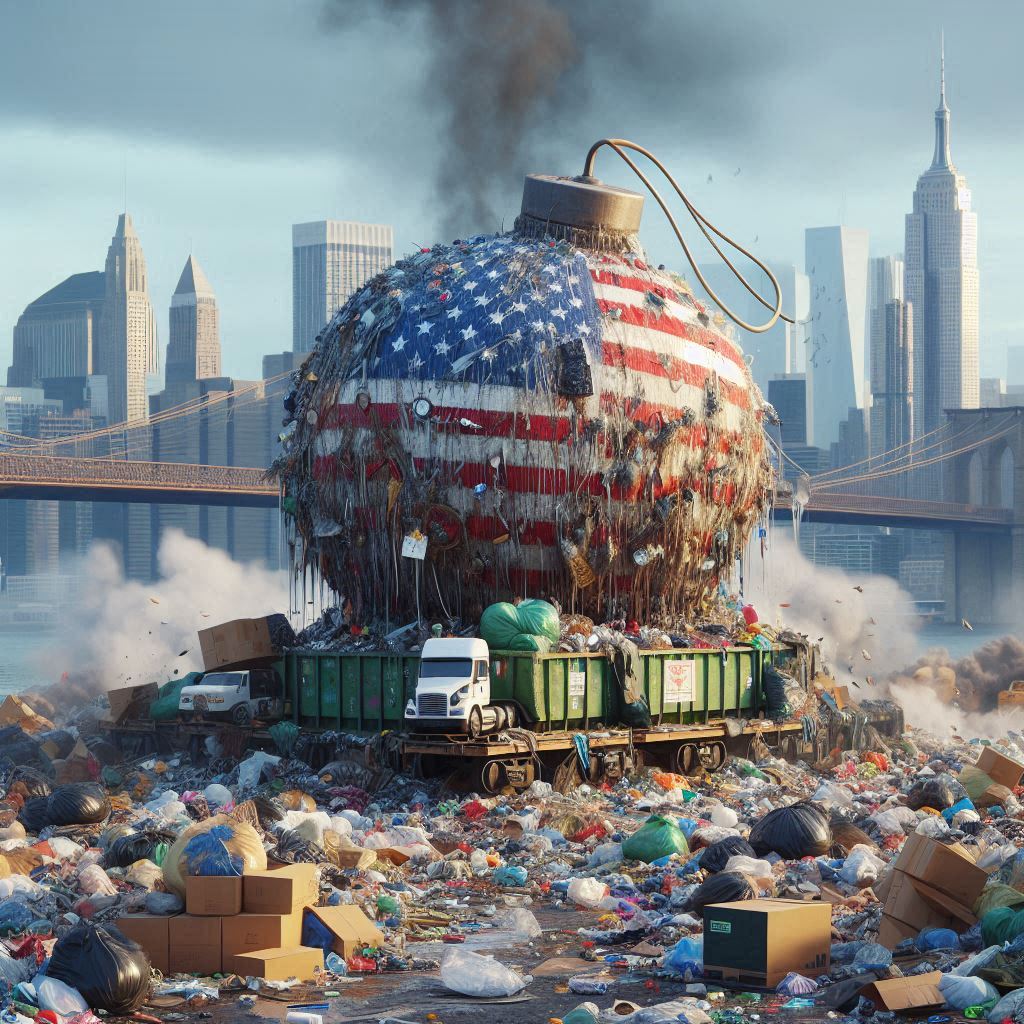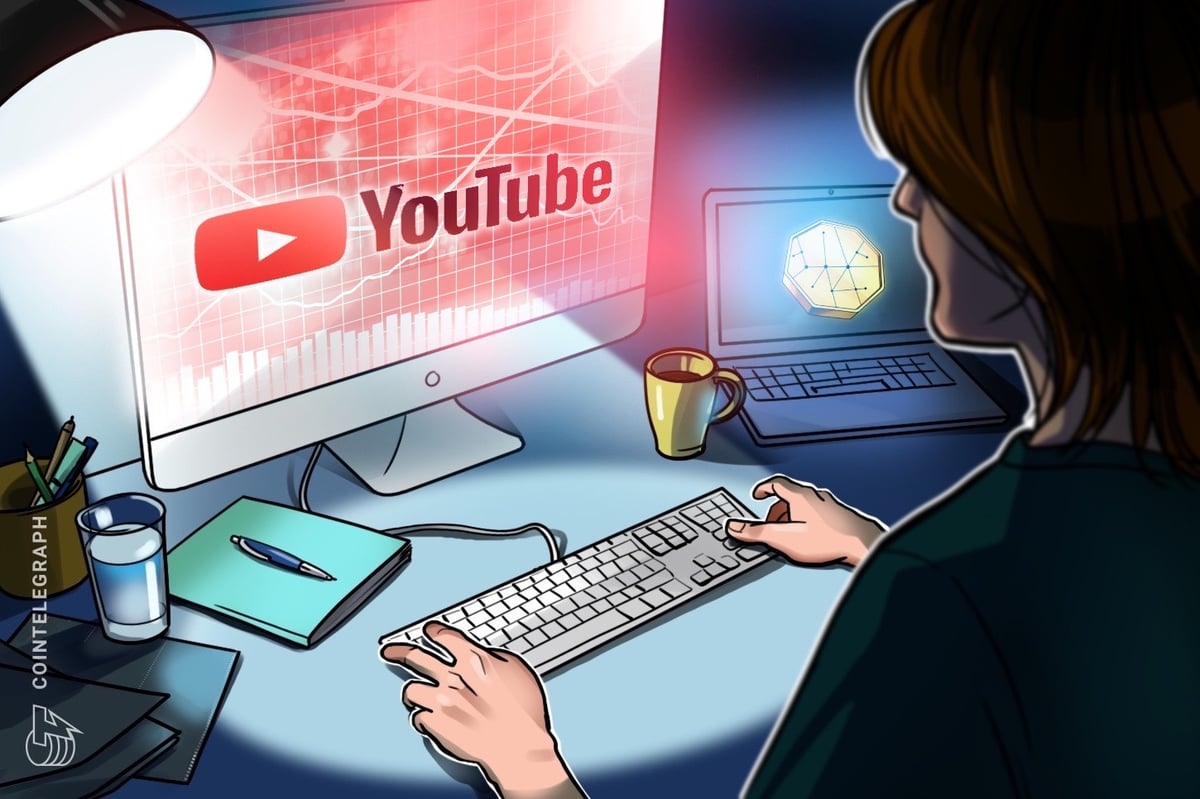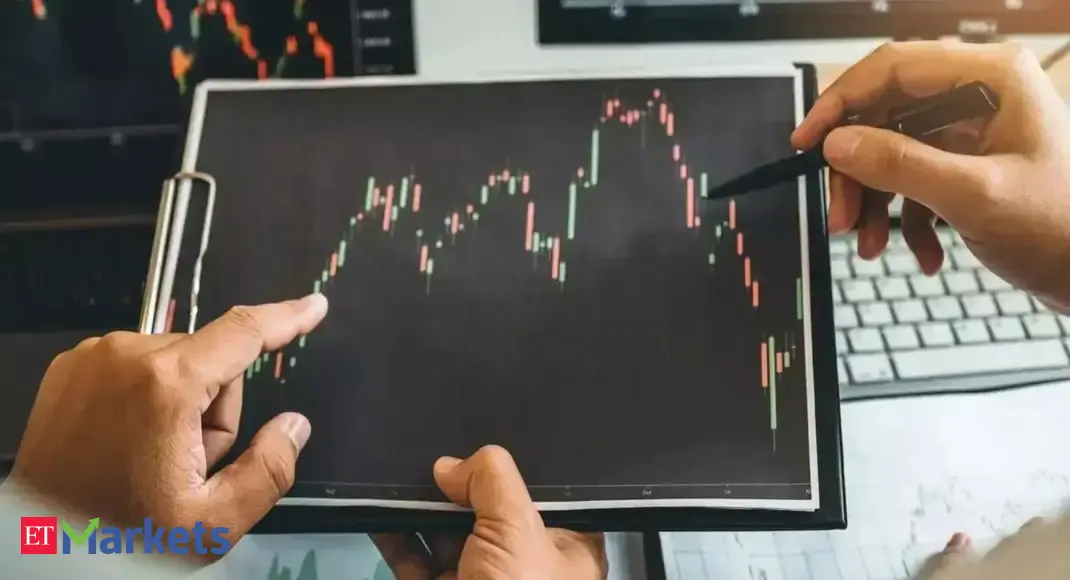As the father of two young daughters, I’m constantly amazed by the amount of garbage my family generates.
And we’re not alone.
Every day, Americans throw out nearly five pounds of trash per person. That adds up to about 300 million tons of garbage a year.
And despite our blue bins and special recycling trashcans, this garbage problem is getting bigger.
That’s because only a tiny amount of our trash gets recycled. In fact, only around 5% of plastics are recycled into new plastics.
This is leading to mountains of waste being piled up in landfills, making them the third-largest source of human-caused methane emissions in the U.S.
Meanwhile, our waterways are clogged with bottles, wrappers and bags. And microplastics are now turning up in the fish we eat, the air we breathe and even in human blood samples.
And this isn’t just a problem here in the U.S.
Globally, plastic production has doubled in the last 20 years. Which means humans now produce more than 450 million tons of plastic every year, with very little of it designed to be reused.
If this sounds unsustainable, that’s because it is.
So what can we do about it?
The answer might have just come from an unexpected place.
The Recycling Conundrum
The answer to our growing garbage problem is supposed to be “recycling.”
Americans today dutifully rinse bottles and sort bins. Our kids are taught to “reduce, reuse, recycle.” And U.S. cities spend billions on collection programs.
But the truth is, recycling in America has never really worked.
Most plastics can’t be melted down and reused more than once. Your typical clear plastic water bottle can become carpet fiber, but that’s about the end of its life.
Thin films, multilayer pouches, Styrofoam and waxy residues don’t recycle at all.
Plus, sorting is extremely expensive, and even small amounts of contamination can ruin batches.
But perhaps the biggest issue is that the quality of recycled plastic is almost always worse than new.
And virgin plastic is cheap. Oil and gas companies churn out new plastic at a lower cost than any recycler can compete with.
That’s why America buries more than 40 million tons of plastic waste in landfills every year, while recycling barely makes a dent.
For years, the workaround for this problem was to ship bales of plastic overseas. Countries like China, Malaysia and Indonesia became dumping grounds for U.S. waste, where much of it ended up burned or tossed into rivers.
But in 2018, China finally banned most U.S. imports of waste plastic. And since then, our trash has increasingly become our problem.
Image: Wikimedia Commons
But it could also be a huge opportunity.
Researchers at the National Renewable Energy Laboratory (NREL) in Colorado calculate that the plastic America dumps in landfills each year contains about $7.2 billion worth of reusable material.
In other words, we’re burying billions of dollars in value with our trash.
What’s also clear is that this “out of sight, out of mind” strategy can only work for so long. That’s why the Department of Energy (DOE) has set a goal to find technologies that can upend our current system.
Its Strategy for Plastics Innovation 2030 roadmap calls for plastics designed to be recycled from the start, as well as new processes to break down waste and innovative ways to turn garbage into valuable raw materials.
And American companies are making some progress toward these goals.
In Indiana, Brightmark operates one of the country’s largest chemical recycling plants, designed to process 100,000 tons of plastic per year. The facility uses pyrolysis, a process that heats plastic in an oxygen-starved environment to break it down into valuable hydrocarbons.
And in Colorado, AMP Robotics is using AI-powered vision systems to help sort recyclables with higher accuracy than human workers. It has partnered with Waste Connections (NYSE: WCN) to build an AI-driven recycling facility that could process up to 62,000 tons of recycling annually.
But these efforts still can’t overcome the economic barriers to recycling.
Collecting, sorting, cleaning and reprocessing waste is complex and costly. There has to be a better way…
And last month, scientists in South Korea announced they might have found it.
The Korea Institute of Machinery & Materials (KIMM) says it has built a hydrogen plasma torch that destroys unsorted garbage at 3,600 degrees Fahrenheit.
And the process only takes 0.01 seconds.

Image: KIMM
But that’s not the most exciting part.
You see, instead of ash and smoke, this process produces raw chemical ingredients that are more than 99% pure and can be turned back into new plastics.
The team says their torch can even process the waxy leftovers that chemical recycling plants usually struggle with, converting them into useful chemicals with over 80% selectivity.
This means that the products of this process aren’t low-value fuels or ash. They’re the same high-value molecules — like ethylene and benzene — that the chemical industry currently makes from oil and gas.
And the cost looks competitive.
The researchers say their process could rival fossil-based production. And they’re aiming to scale into a demonstration plant by 2026.
This is the kind of breakthrough the waste industry has been dreaming of.
KIMM’s plasma torch promises to slash costs by eliminating the need for perfect sorting and by producing chemicals pure enough to plug right back into the supply chain.
Imagine what this could mean for the future of garbage.
If we can convert mountains of unsorted trash into high-value raw materials, then landfills would become gold mines, and garbage trucks could deliver the building blocks of tomorrow’s plastics instead of just dumping more waste.
Here’s My Take
If this Korean plasma torch works as advertised, the U.S. can’t afford to sit on the sidelines.
After all, this could be the technology that finally ends our garbage crisis.
Of course, energy costs, safety issues and regulatory hurdles are all potential roadblocks. But we should at least start testing this technology on American soil to see if it can actually run at an industrial scale.
Because the stakes here go beyond the environment.
Whoever masters this process first won’t just solve a waste problem…
They could unlock a trillion-dollar opportunity hiding in our landfills.
Regards,
 Ian KingChief Strategist, Banyan Hill Publishing
Ian KingChief Strategist, Banyan Hill Publishing
Editor’s Note: We’d love to hear from you!
If you want to share your thoughts or suggestions about the Daily Disruptor, or if there are any specific topics you’d like us to cover, just send an email to [email protected].
Don’t worry, we won’t reveal your full name in the event we publish a response. So feel free to comment away!
























